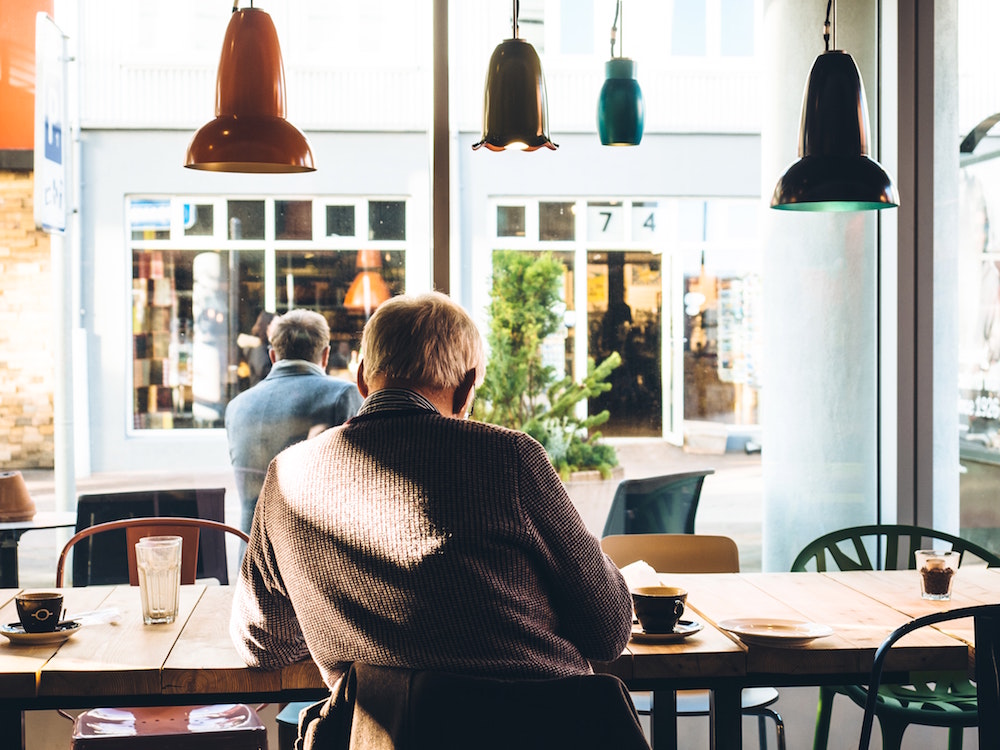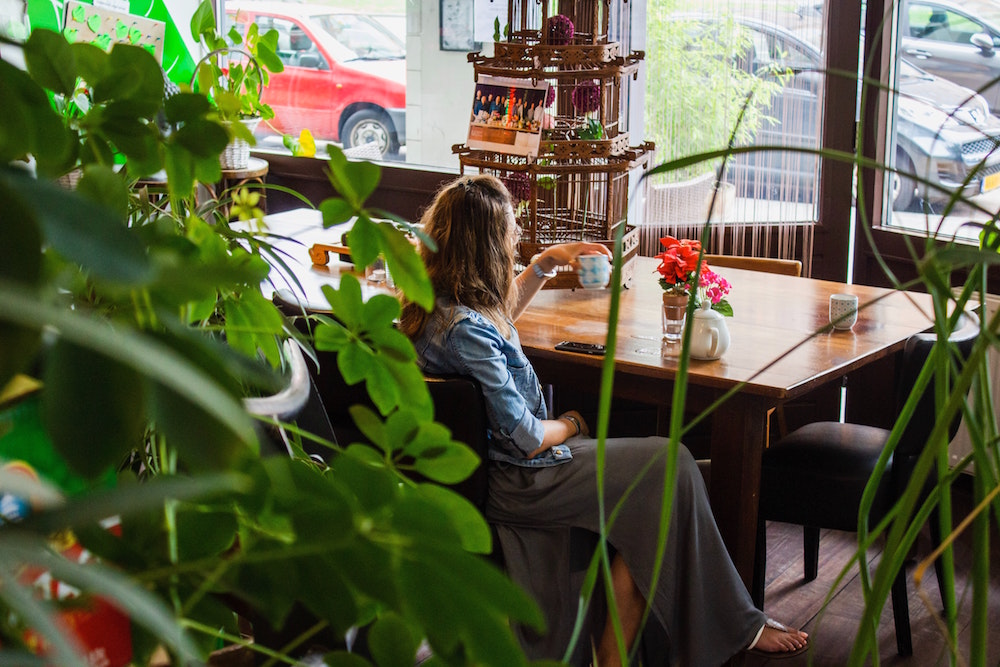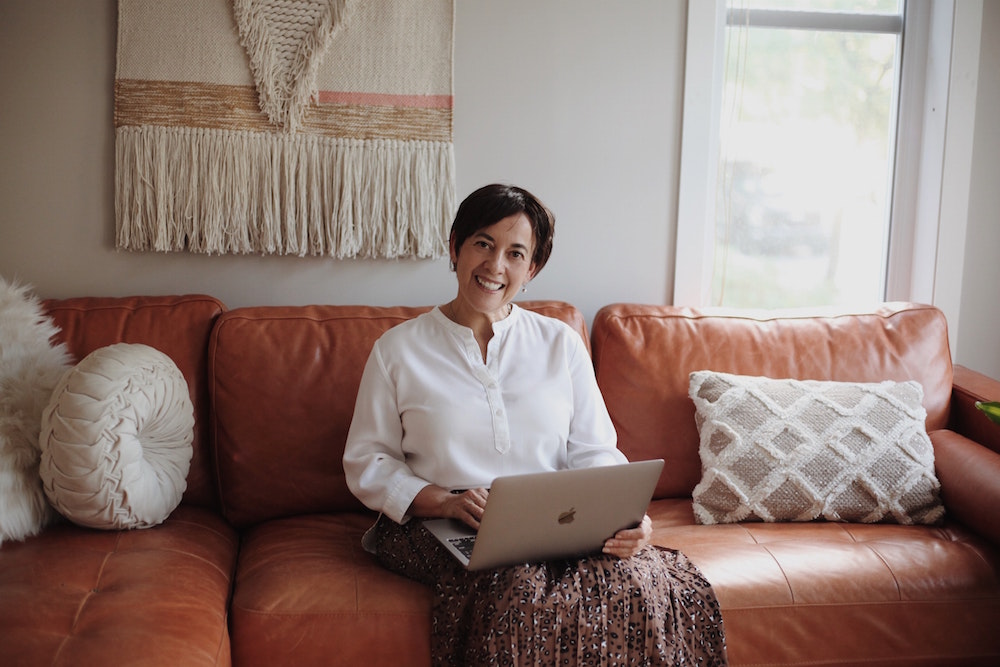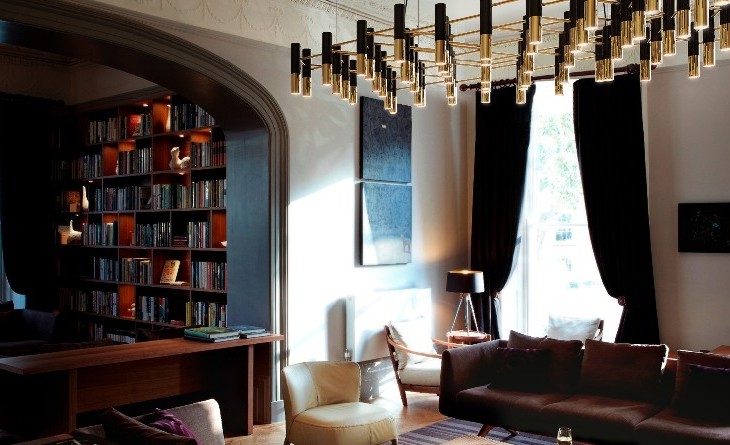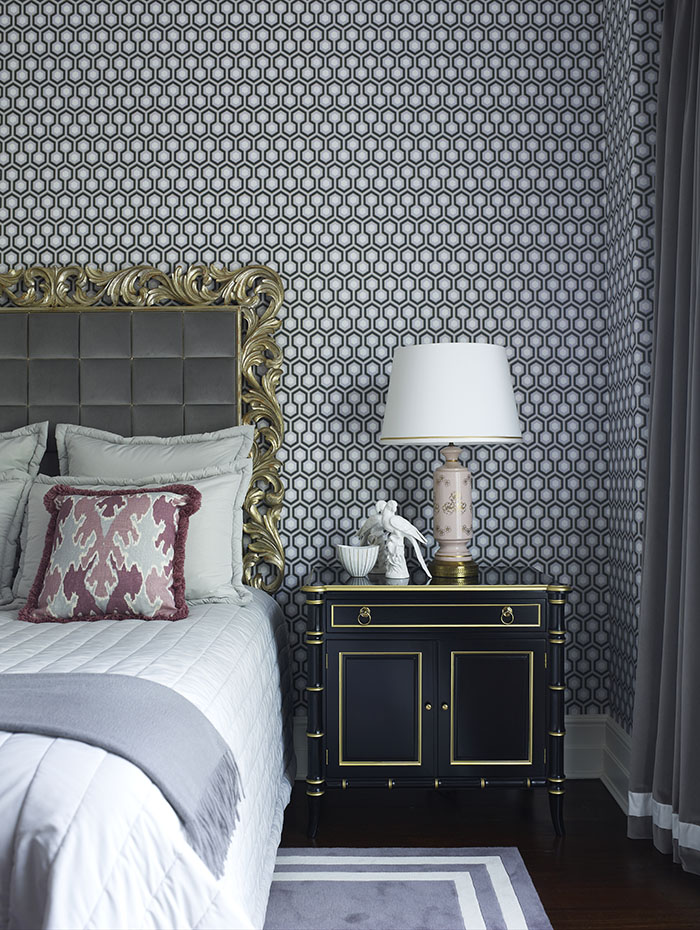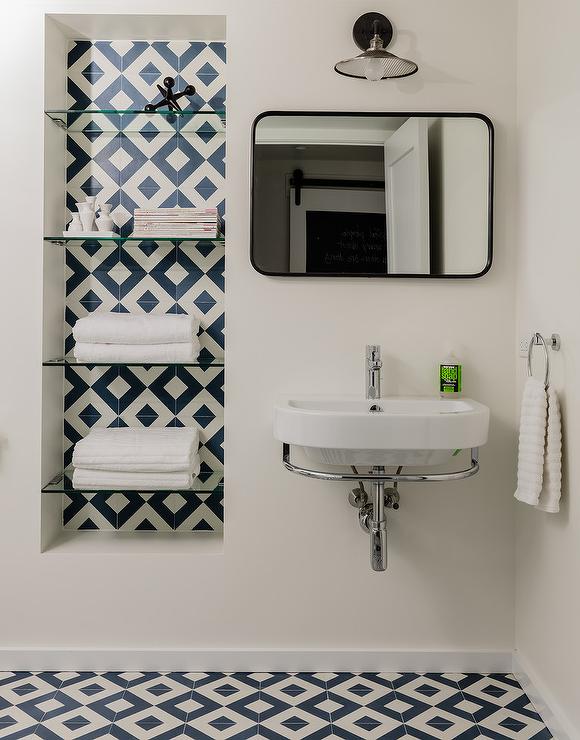Interior Design Elements That Every Home For Seniors Should Have
When looking for, moving in, or currently living in a senior home, there are special interior design elements that need to be met to help seniors feel accommodated. The average home can contain a lot of design elements that can pose a challenge to everyday life for seniors, so a senior home has to be ready to face those challenges.
Finding the right home can be as important as the community of care professionals and the activities that are offered because nothing is more important than a home that feels safe. Here are the interior design elements that should always be included in a home for seniors.
Low Surfaces
Low surfaces refer to a collection of interior design features. Some of the notable things that seniors and their families look for in homes are shorter or no stairs, with ground-level entrances being a major factor in comfort and safety. Other surfaces can be mid-level cabinets, cupboards, drawers, and kitchen/bathroom counters. Allowing seniors to live comfortably means they will not worry about bending down to get something and hurt themselves, have to reach or use step ladders which could be disastrous, or worry about tripping hazards and steps to move around. Low surfaces are a must for senior homes.
Natural Lighting
Everyone loves good natural lighting. It helps you receive a healthy dose of vitamin D, even when stuck inside, and the brightness makes a big difference in mental health. Dark rooms are bad for staying happy and healthy, and even artificial light can feel unnatural. Warm, inviting interiors have big windows that give great views of the outdoors, so even seniors with limited mobility can still window watch in peace from their rooms and homes. Brightness also helps illuminate a room and home to help out in small ways for those with some vision impairment.
Safety Features
All of the interior design elements on this list help contribute to a safe environment in one way or another, but there needs to be overt safety features in any seniors’ homes. Handrails, stairlifts (if there are staircases inside units), seating, railings for walking, sit-in tubs, and raised toilets all contribute to a safe home. These features are designed specifically for safety and should be included to prevent any falls or discomfort to the mobility needs of residents, which the experts at https://arcare.com.au/ highlight for prospective senior residents and families of seniors. Other additions that are bonuses for these safety features include contrasting colors to help seniors see where railings are and for bathrooms, slip-proof mats, and surfaces.
Natural Furnishing and Accessories
Natural furnishing and accessories could mean a variety of things for senior residents. This could mean that materials used in the home are natural, like wood furniture or wood paneling for cupboards. The other meaning could be in the way of plants and other living accessories that add life to the room. These furnishings and accessories help add some natural life to a room which makes the area feel more inviting and full of life. Plants are also a good activity for seniors to focus on during their day to day, remembering to feed and water them and provide them with sunlight. It gives them some small responsibility in an easy way. Wood fireplaces are also good because they feel more home-like.
Open Concept
Maneuverability is mentioned a lot when it comes to senior homes because the elderly are not as mobile or agile as the younger population. This means they need to be accommodated. The idea of open concept rooms means that clutter is not a problem for them to overcome, which could cause them to trip or injure themselves. Open rooms, whether private or communal, allows for easy mobility for seniors with walkers, wheelchairs, or other mobility equipment. It can be an overlooked need, but it is certainly important for seniors who need space.
Easy to Use Technology
Lastly, there is a lot of technology that needs to be used that has to be made easy. Switches, blinds, lights, thermostats, and other household technology have to be useful for seniors who may be arthritic and have less dexterity. These simple design features can make a big difference for seniors in small but noticeable ways during their daily activities in the home.
Senior living homes are specifically designed to help with the needs of their elderly residents. They have to accommodate the physical and mental well-being to ensure a healthy living environment, but sometimes they fall short. These interior design elements help seniors feel safe, comfortable, and happy in their care homes so that they can enjoy their independence.

